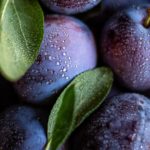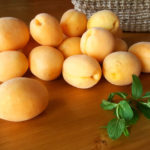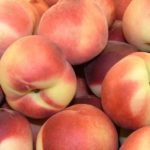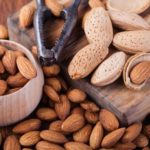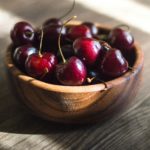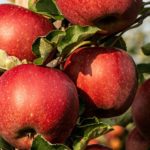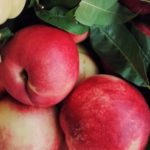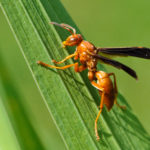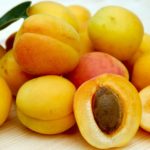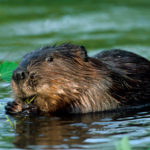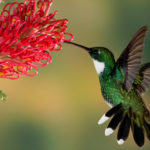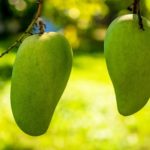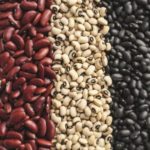Interesting facts about the plum
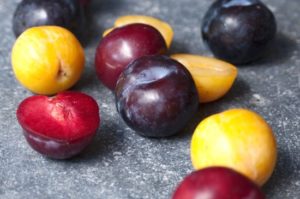 Plum is the most delicious thing. Those of us who have a country house or a grandmother with a grandfather who live somewhere in the village, probably had to eat plums in the summer when they are ripe. To use plums for food, by the way, is very useful for health. In moderation, of course.
Plum is the most delicious thing. Those of us who have a country house or a grandmother with a grandfather who live somewhere in the village, probably had to eat plums in the summer when they are ripe. To use plums for food, by the way, is very useful for health. In moderation, of course.
The genus of plums includes many plants that were previously considered independent species and have separate names in Russian – for example, cherry, almond, cherry, apricot, peach, bird cherry, and so on. In total, the genus of plums consists of more than 250 species.
The tree of the plum home lives up to 25 years and can have a height of up to 15 meters.
The plant, completely analogous to the domestic plum, managed to be artificially obtained by crossing the turn with cherry plum. Probably, a wild plum appeared many years ago in this way.
The first plum seedlings were planted in the Tsar’s garden in Izmailovo in the middle of the 17th century. Trees, brought from Western Europe, brought little fruit and poorly tolerated frosts, so many outstanding breeders (including Ivan Michurin) worked on imparting the necessary properties. As a result, in the 20th century a Russian plum appeared, which is a hybrid of Chinese plum and cherry plum.
Experiments on crosses of plum with apricot are continuing abroad and in Russia. The resulting hybrids are called plumkots.
Plum is rich in vitamins of groups A, B, C and P. The fruits contain more phosphorus and potassium than in pears and apples. In addition, plums are rich in iron, calcium and magnesium.
Dried plums are called prunes. This dried fruit is widely used in cooking for cooking masses of dishes: from sauces for meat to desserts.
Plum blossoms allow bees to receive up to 10 kg of honey from a hectare of plum trees.
From the seeds of plum is obtained not drying oil, used for medical purposes.
The Russian plum can tolerate frosts to -40 degrees and can not grow only on marshy soil.
The most common plum in the world is a plum home. Trees of this species constitute up to 90% of all plantings of this crop on Earth.
Doctors have determined that eating plums helps to prevent cancer, strengthen immunity and prolong youth.
British Queen Elizabeth II always eats two plums from her garden before breakfast.
Plums are an effective laxative. Instead of medicines (often also containing plums or prunes), it is enough to eat 5-6 plum fruits at night.
Plum reduces the level of cholesterol in the blood, removing harmful substances from the body.
In the old days in the Balkans, the person who committed the offense had to plant a plum near the road, so that the priest would release his sins. The roads across the peninsula and now pass in the shadow of plum trees.
A signature dish that has brought worldwide fame to the chef Gordon Ramsey’s restaurant is plum pudding. Visitors to the restaurant claim that the dessert is simply incomparable, so they come back again and again.
Near the plum trees can not be placed beds of plants of the Solanaceae family – plant potatoes, tomatoes and so on. The fact is that these plants attract a fungus, destructive for draining.
Alcoholic drinks are prepared from plums – wine and moonshine. They are called plum and slivovitz.
The Chinese consider plum a symbol of winter. Each petal of a plum blossom has its own meaning: happiness, peace, luck, longevity and well-being.
